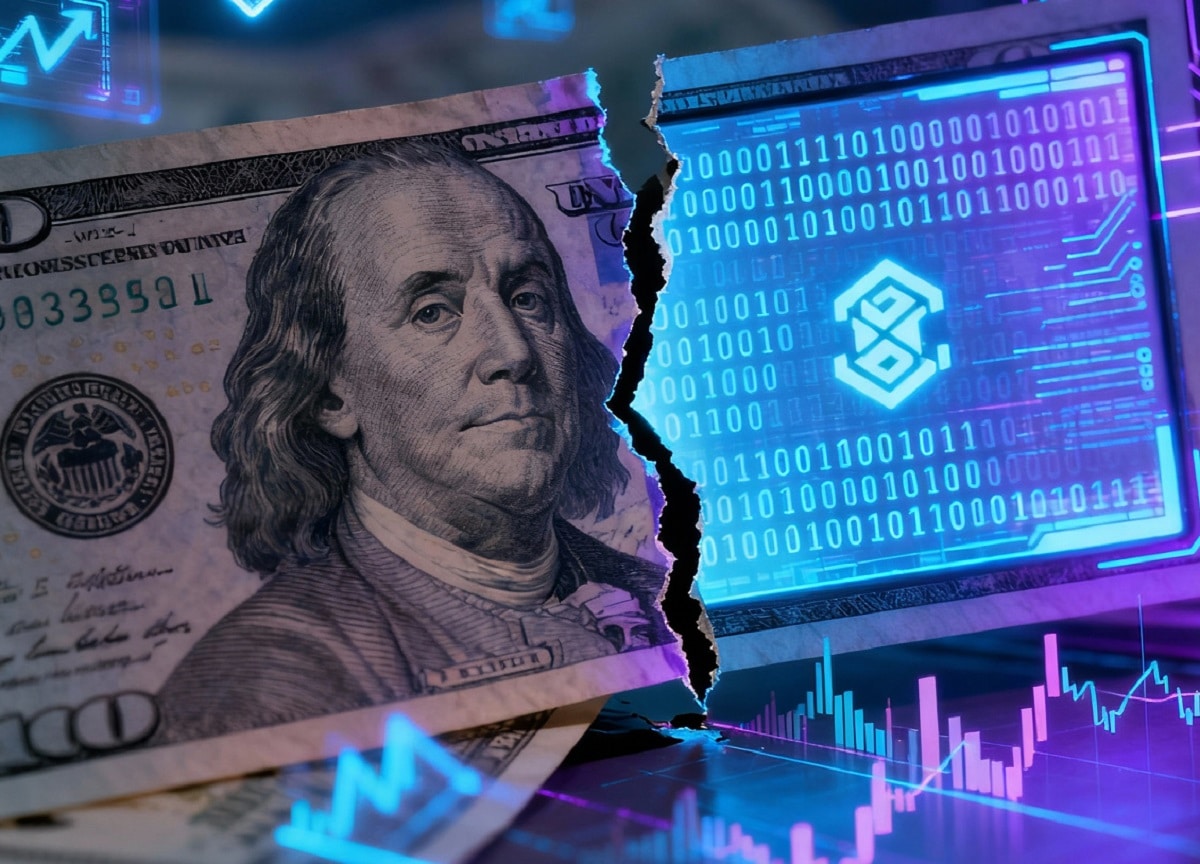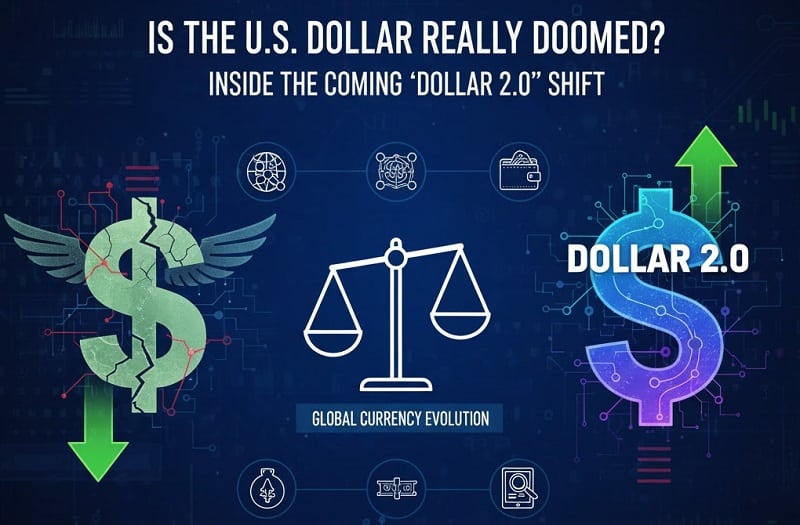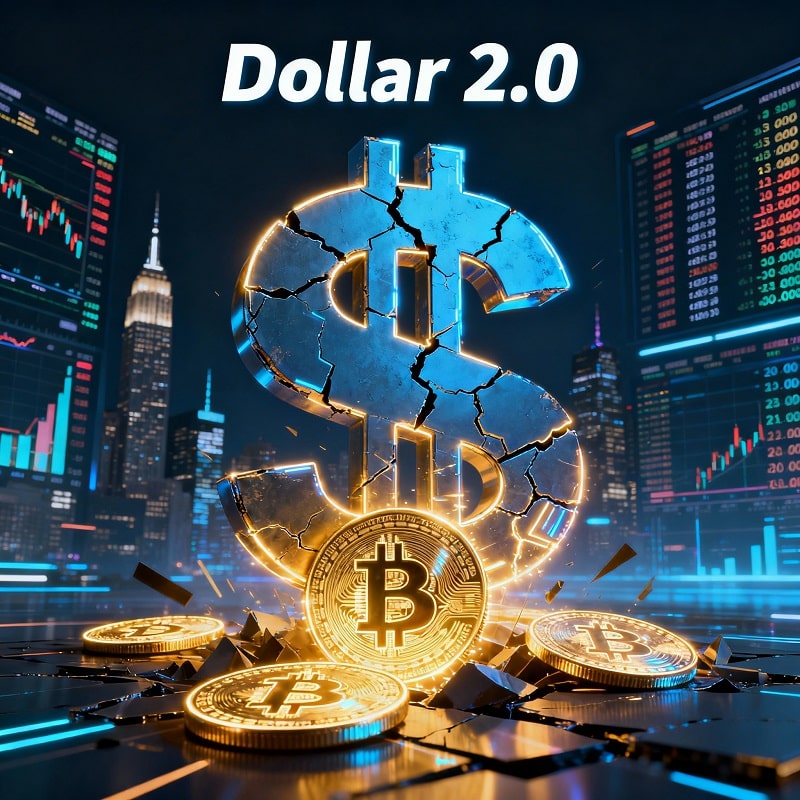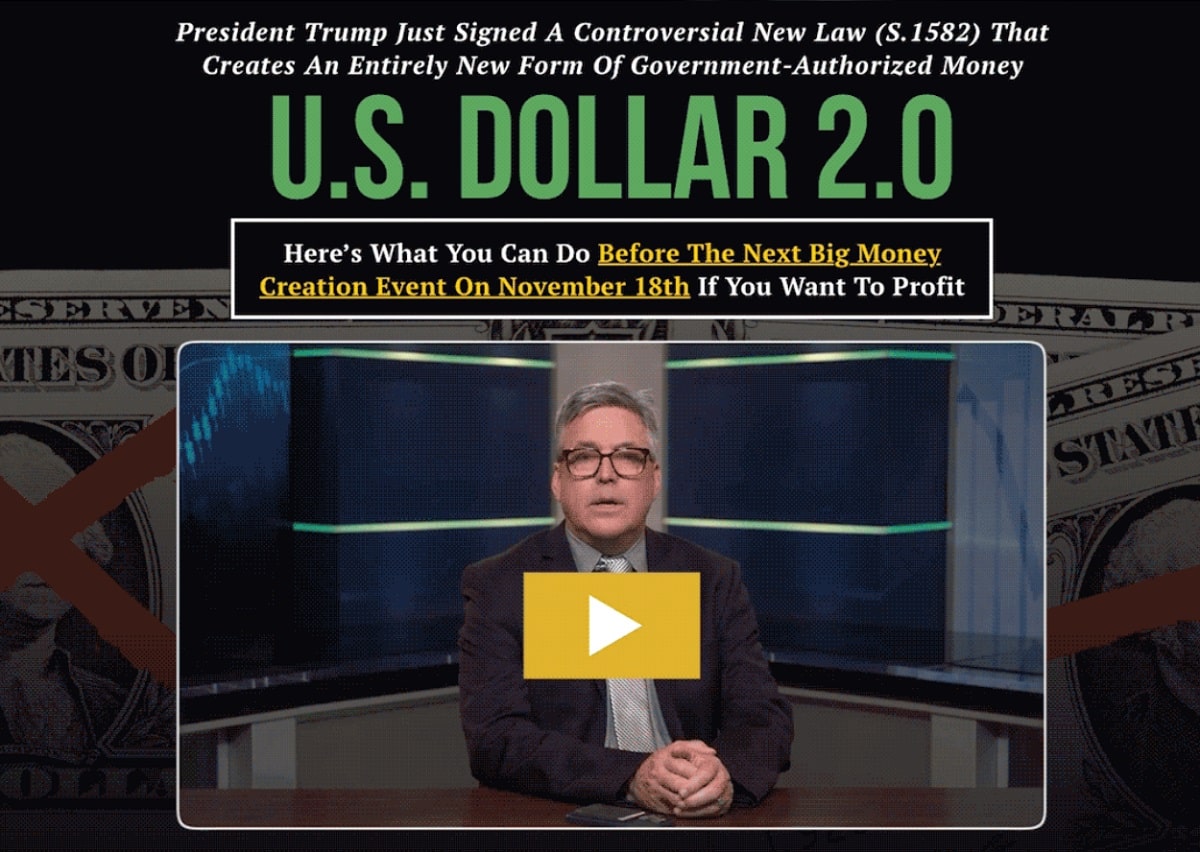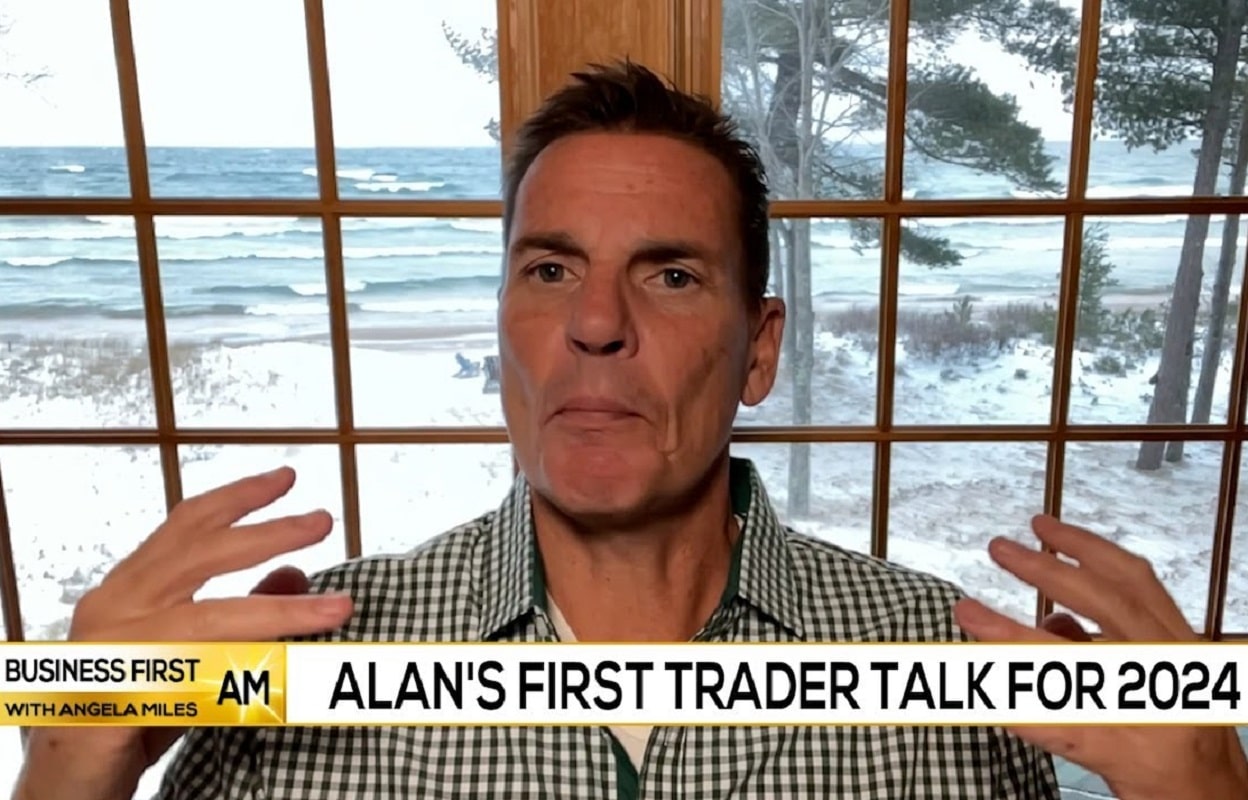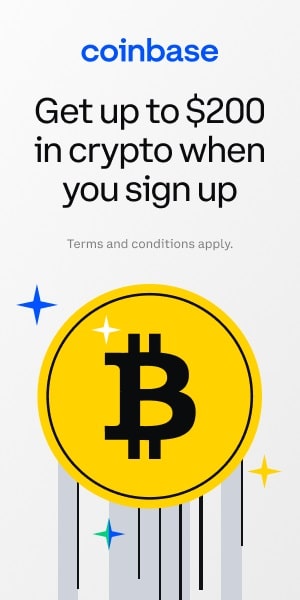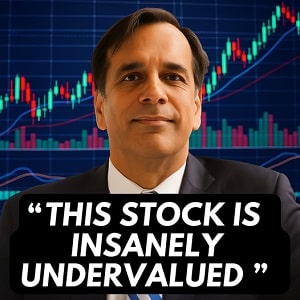Let’s be honest — every investor has heard the death-of-the-dollar story before. Usually it comes from someone waving a gold coin or a YouTube thumbnail screaming “This Changes Everything.”
Most of it’s noise.
But here’s the uncomfortable truth: the story isn’t entirely wrong. The details are.
I’ve been investing for over twenty years — long enough to live through the dot-com bubble, the 2008 financial crisis, and the everything-bubble we’re quietly inflating right now. I’ve seen currencies collapse in emerging markets and watched the U.S. paper over its cracks with more debt than productivity can justify.
And still, I’ve never seen anything quite like what’s happening right now with the dollar.
A Shift Hiding in Plain Sight
While the headlines are busy tracking elections and rate cuts, a $10 trillion realignment is quietly reshaping what it means to hold — or even use — a dollar.
It’s not crypto in the speculative sense. It’s not CBDCs either (the centralized digital currencies most Americans fear).
It’s something else entirely — a regulated evolution of the U.S. dollar itself, authorized by legislation almost no one paid attention to this summer: The GENIUS Act (S.1582).
When President Trump signed it in July 2025, it looked like just another crypto-regulation bill. But buried in its language was a clause that effectively opened the door for private companies to issue fully backed digital dollars — the kind you could use for payments, settlements, and even treasury transfers, all outside the traditional banking rails.
If that sentence just made your pulse quicken a little, you understand why serious macro thinkers — people like Addison Wiggin, author of Empire of Debt and Demise of the Dollar — are calling this the most significant monetary event since Nixon took us off gold in 1971.
Why I Started Paying Attention
I’ll admit, I ignored the noise at first. I’d heard “dollar reset” theories before — from gold bugs, crypto maximalists, and prepper circles alike. But a few things made me take this one seriously:
-
Regulatory reality: This isn’t rumor. The GENIUS Act is law, and its implementation is already underway.
-
Institutional involvement: BlackRock, Circle, and even Robinhood are positioning themselves at the core of this new “Dollar 2.0” ecosystem.
-
Wiggin’s track record: He’s one of the few analysts who warned — years early — about both the 2008 debt crisis and the post-COVID inflation surge. When he calls a shift “predictable,” I pay attention.
The Feeling in the Air
Talk to traders, and you’ll feel it: a strange mix of disbelief and inevitability.
- Everyone knows the U.S. debt trajectory is unsustainable.
- Everyone knows inflation never really died, it just got quiet.
- And everyone knows the Fed can’t raise rates high enough without detonating the Treasury market.
But few realize the “solution” — a digitized, Treasury-backed dollar system run by private firms — is already being built beneath their feet.
That’s what Wiggin calls the “Dollar 2.0” revolution, and whether you believe in it or not, it’s unfolding right now.
Below, we’ll break down what’s really happening under the hood — what the GENIUS Act changes, why it matters for investors, and how this shift could quietly rewire the world’s largest financial system over the next seven years.
The Real State of the Dollar & What the GENIUS Act Actually Does
The Dollar’s Quiet Decline Isn’t a Conspiracy — It’s Arithmetic
There’s a pattern that repeats itself in every major empire.
Debt piles up faster than growth. Politicians pretend the math will fix itself. Then—when the bill comes due—the currency quietly resets.
- The Roman denarius was silver, then silver-coated bronze, then just… bronze.
- The British pound lost 99% of its purchasing power from 1900 to 2000.
- And the U.S. dollar? It’s lost 97% of its value since the Federal Reserve was created in 1913.
That’s not political commentary — it’s simple arithmetic.
When the U.S. crossed $36 trillion in debt this year, we effectively entered the endgame of the “borrow-and-print” model. We’ve spent decades exporting inflation by making the dollar the world’s reserve currency. Now, global demand for dollars is flattening while domestic issuance keeps accelerating.
You can’t outrun compounding deficits forever. Even the most patient bond buyers eventually look elsewhere.
And they are. China and Russia aren’t the only ones. Saudi Arabia, Brazil, and even France have begun settling trades in other currencies — or worse, in stablecoins pegged to the U.S. dollar but outside U.S. banking control.
That’s the paradox of the moment: the dollar isn’t dying, but the form of the dollar is changing.
What the GENIUS Act Actually Does
Here’s where Addison Wiggin’s research gets fascinating.
He’s been warning for years that America would eventually need a new monetary “patch” — a way to keep the dollar dominant even as the old system buckled. The GENIUS Act (Guiding and Establishing National Innovation for U.S. Stablecoins Act) is that patch.
Let’s strip the jargon.
The GENIUS Act does three things that change everything:
-
Legalizes privately issued stablecoins — digital tokens pegged 1:1 to the U.S. dollar, but backed by short-term Treasuries instead of deposits. That means private firms can now issue “digital dollars” without the Fed printing more cash.
-
Puts the Treasury, not the Fed, at the center of trust.
Every dollar token must be backed by something real — Treasury bills, cash, or equivalents — disclosed monthly. The money still lives in the U.S. system, but circulates through new rails. -
Creates competition for the Fed’s monopoly on money creation.
That’s the headline most people missed. For the first time in history, regulated non-banks — think fintech firms like Circle, PayPal, or even Robinhood — can mint transactional dollars that behave like cash but settle at blockchain speed.
Wiggin calls it “the privatization of money.”
I call it the most important financial experiment of our lifetime.
How Big Is This Shift, Really?
Stablecoins already settled $27.6 trillion in transactions last year — more than Visa and Mastercard combined. That’s before the GENIUS Act opened the floodgates to U.S.-regulated issuers.
Treasury analysts estimate that by 2030, this could become a $1–2 trillion asset class. Wiggin takes it further: he believes the eventual “Dollar 2.0” ecosystem could re-route up to $6.6 trillion currently sitting idle in bank reserves.
That’s not fantasy math. When Circle went public in June 2025 (NYSE: CRCL), its U.S. Dollar Coin (USDC) already held $74 billion in circulation. BlackRock manages most of those reserves, earning Treasury yields on them — an entirely new profit center.
So yes, there’s hype in the marketing — there always is — but the mechanics are real. We are literally watching the creation of a market-based dollar.
The Big Picture: From Fiat to “Fiat+”
This is where most investors miss the forest for the trees.
The GENIUS Act doesn’t replace the U.S. dollar. It upgrades it — from a purely fiat instrument (backed by faith) to a hybrid model backed by short-term Treasuries held by private firms.
It’s like the dollar got a firmware update.
That’s why Wiggin’s team at the Grey Swan Investment Fraternity has been calling this the “Dollar 2.0 Revolution.” Not because the old dollar disappears, but because the way value circulates through the system is changing.
In Wiggin’s view, this shift mirrors 1971’s Nixon Shock — except instead of unpegging the dollar from gold, we’re now re-pegging it to yield-bearing Treasuries via blockchain rails.
That’s what gives this story its power: it’s not about collapse. It’s about control — who holds it, who earns from it, and who understands it early enough to profit.
Now, let’s drill down into who actually wins from this transition — the companies and investors already positioned at the center of “Dollar 2.0” — and how to think about your portfolio in light of that shift.
Who Wins from ‘Dollar 2.0’ — and What Smart Money Is Doing Now
The Quiet Re-Wiring of the Financial System
Every major change in money creation reshuffles the hierarchy of power. When the Federal Reserve came online in 1913, private banks gained the ultimate franchise: lend against reserves that the Fed itself printed. When Nixon severed the gold peg in 1971, Washington gained the flexibility to fund deficits indefinitely. Now, with the GENIUS Act, the next wave of winners is taking shape — and they’re not who most people expect.
The smart money isn’t arguing about crypto vs. fiat. They’re buying the infrastructure of settlement — the rails, custodians, and compliance layers that will carry digital dollars globally.
You can already see the capital rotation:
-
Circle (USDC) quietly became the largest non-bank holder of short-term Treasuries.
-
BlackRock manages those reserves — earning yield from a cash-like instrument that never sleeps.
-
Visa and Mastercard are embedding stablecoin settlement into their networks.
-
JPMorgan’s Onyx division runs internal tokenized deposits for institutional clients.
In other words, the backbone of the new system isn’t speculative tokens — it’s regulated liquidity. Dollar 2.0 isn’t about replacing the dollar; it’s about who gets paid to move it.
The Shift from “Yield Chasing” to “Yield Engineering”
For the past decade, investors survived by chasing yield — in junk bonds, meme stocks, or speculative crypto. In Dollar 2.0, the edge comes from engineering yield through custody, settlement, and reserve management.
Here’s a simple example.
When Circle issues $1 billion in USDC, it holds $1 billion in Treasuries yielding roughly 5%. That’s $50 million in annual interest income — earned on money that users think of as “cash.” No credit risk. No lending. Just yield extraction from monetary plumbing.
Wiggin calls this “the return of honest yield.” It’s yield backed by the real economy — the Treasury market — not by leverage or hype.
This model will ripple outward:
-
Brokerages and fintechs will launch yield-bearing digital dollars.
-
Corporations will park idle cash in tokenized T-bill funds.
-
Retail investors will start asking why their “savings accounts” pay 0.01% while stablecoin treasuries pay 5%.
That question alone could shift trillions.
The Geopolitical Angle No One’s Talking About
Most commentary stops at the tech. Wiggin goes deeper — and he’s right.
Dollar 2.0 is also a geopolitical firewall.
By allowing private U.S.-regulated entities to issue digital dollars, Washington effectively exports a digital dollar standard faster than any central-bank initiative could. Every USDC or PayPal USD circulating in Africa or Asia is one less yuan-denominated payment. It’s soft power in programmable form.
That’s why this isn’t the “end of the dollar.” It’s the next phase of its dominance — if America manages it intelligently.
Investors who understand this won’t hide from the change; they’ll lean into the infrastructure that expands that dominance abroad.
What Smart Money Is Doing Right Now
Here’s what I’m seeing among fund managers and macro desks tracking this space:
-
Accumulating exposure to yield-backed digital issuers — firms that custody, audit, or issue regulated stablecoins.
-
Buying Treasury-rich balance sheets that benefit from persistent demand for short-term government paper.
-
Hedging dollar exposure not through gold or crypto speculation, but through assets that gain from volatility in monetary plumbing — like payment processors, tokenization platforms, and real-world-asset funds.
-
Following the regulatory breadcrumbs. The GENIUS Act will spawn an ecosystem of reporting, compliance, and custody firms, each with its own fee streams.
In Wiggin’s language, these are “the picks and shovels of the next dollar.”
Personal Note: Lessons from My Own Portfolio
I’ll admit — I was skeptical at first. As someone who lived through the 2008 crisis and the 2020 stimulus era, I’ve seen enough “monetary revolutions” to be cynical.
But in late 2024, I shifted 5% of my portfolio into a fund specializing in tokenized Treasuries and digital settlement rails.
Not a crypto bet — a plumbing bet. Six months later, the NAV was up 8%, with zero leverage and full liquidity. That’s when it clicked for me: this isn’t about speculation. It’s about positioning ahead of the capital migration that’s already underway.
The ‘Dollar Doom’ Myth — and How to Think Beyond Collapse Narratives
“The Dollar Is Dying — Should I Panic?”
I hear it all the time from investors at conferences, webinars, and private conversations:
“Is the dollar doomed? Should I move everything into gold or crypto?”
Here’s the blunt truth: panic solves nothing.
The dollar isn’t collapsing. Not tomorrow, not next year, not even in a decade. It is, however, evolving. And evolution can be messy, disruptive, and profitable — if you position yourself correctly.
Why Collapse Narratives Misfire
The doom-and-gloom argument relies on three assumptions that rarely hold:
Assumption 1: The U.S. can’t manage its debt.
Yes, debt is high. But the U.S. borrows in its own currency, collects taxes globally, and issues Treasuries that remain the bedrock of global finance. That gives policymakers more options than most headlines admit.
Assumption 2: De-dollarization is inevitable.
Other currencies are trying to take share, yes. But every international trade agreement still prices oil, grains, and semiconductors in USD. That won’t vanish overnight.
Assumption 3: Digital currencies threaten the dollar.
Wrong. Dollar 2.0 reinforces the USD standard. By backing digital dollars with Treasuries and putting them in private hands, the U.S. extends its influence — faster than a central-bank digital currency could.
In other words, the dollar isn’t dying. It’s upgrading. And like any upgrade, the early adopters stand to gain the most.
What Investors Get Wrong About Stability and Risk
Investors often focus too narrowly on price swings or headline risk. I see portfolios liquidated because someone read one scary tweet about “hyperinflation” or “banking collapse.”
Here’s a framework I use when evaluating systemic shifts:
-
Separate the narrative from the mechanics.
Inflation, debt, and regulation make headlines — but the real action happens in how money flows. That’s where profits emerge. -
Track the winners, not the fear.
Ask: who is benefiting from new rules, new payment rails, and the GENIUS Act’s implementation? Circle, Robinhood, and BlackRock all qualify. -
Stay liquid and adaptable.
Holding physical gold or cash alone is insufficient. Exposure to regulated digital dollars, payment processors, and tokenized treasuries offers both safety and growth.
Why the Hype Exists — and How to Use It
I’ll be candid: the hype is real. Addison Wiggin himself packages this story with urgency. Headlines claim “40X returns” and “November 18th triggers.”
But here’s the key: Wiggin isn’t inventing the mechanics — he’s highlighting the opportunities that exist right now.
The difference between a headline and a real investment edge? Analysis.
I’ve followed his work over multiple market cycles. His track record in macro thinking, uranium picks, and gold calls shows a consistent pattern: he identifies predictable systemic shifts and points to actionable plays that ordinary investors can follow before they go mainstream.
Think of it as insider-level foresight without insider access.
How to Think Like a Macro Insider
If you want to navigate Dollar 2.0 without panicking, shift your perspective:
-
Focus on infrastructure over speculation — digital dollar issuers, custody platforms, treasury-backed funds.
-
Look at earnings from monetary plumbing, not price swings of headline assets.
-
Stay informed through credible analysis that separates real change from media noise.
That’s exactly the type of insight you’ll find in publications like Wiggin’s Grey Swan Investment Fraternity — analysis that doesn’t scream doom but identifies actionable shifts before the masses notice.
Key Takeaway
Fear sells — certainty profits.
The dollar isn’t collapsing; it’s evolving into a regulated, yield-bearing, digital form. Those who understand this shift, track the right companies, and manage their portfolios accordingly won’t just survive — they’ll thrive.
Why This Moment Matters — and Where to Learn More
The Moment in History You Can Act On
Every experienced investor remembers at least one market moment where foresight paid off exponentially. Maybe it was 2008, when recognizing the housing bubble early allowed for strategic plays in Treasuries, gold, and distressed banks. Maybe it was post-pandemic, spotting inflationary pressures and positioning in commodities or select equities.
Dollar 2.0 is one of those rare moments.
The shift isn’t coming — it’s already underway. Treasuries are backing private digital dollars. Circle and Robinhood are building the rails. BlackRock is quietly managing the reserve funds that make this system credible. This is the infrastructure of a new dollar, and understanding it before it becomes mainstream is exactly how investors generate outsized returns.
Practical Next Steps for Investors
If you want to act intelligently, here’s what I recommend:
-
Study the system, don’t just the tickers.
Knowing the mechanics of the GENIUS Act and the flow of digital dollars gives you an edge over those blindly chasing hype. -
Follow the early adopters.
Companies like Circle (USDC issuer), Robinhood (payments infrastructure), and BlackRock (reserve management) are where smart money is quietly positioning. -
Hedge smartly.
Gold, tokenized Treasuries, and exposure to stablecoin infrastructure offer both protection and growth — not speculation for the sake of adrenaline. -
Educate yourself with credible macro insights.
Following the right experts lets you see systemic shifts before the headlines scream panic. That’s where research like Addison Wiggin’s Grey Swan Investment Fraternity comes in. His team focuses on predictable “grey swan” events, giving actionable strategies rather than sensationalized fear.
Why Now Is Critical
Timing matters in macro shifts.
Dollar 2.0 isn’t hypothetical; it’s happening now. Regulatory clarity, corporate adoption, and Treasury-backed infrastructure are converging in real time. The investors who study and understand these changes today are the ones who will capitalize while others scramble tomorrow.
Waiting until the hype peaks means entering too late. Early positioning — informed, strategic, and cautious — is what defines true opportunity.
What To Do Now?
If you’re serious about navigating this new financial landscape:
-
Addison Wiggin’s Grey Swan Investment Fraternity offers monthly bulletins, weekly calls, and deep-dive research on shifts like Dollar 2.0.
-
It’s not hype — it’s macro analysis from someone who has been predicting systemic shifts decades before the mainstream notices.
-
Even reviewing the insights can help you align your portfolio, protect capital, and spot asymmetric upside opportunities that casual investors will miss.
Think of it as getting a seat at the table before the dinner rush.
Final Thought
The U.S. dollar isn’t doomed. It’s transforming. And as investors, our job isn’t to panic — it’s to understand the change, anticipate the winners, and act decisively.
Dollar 2.0 is more than a concept; it’s a roadmap for where capital flows next. Those who recognize this shift, study the system, and position accordingly will not just survive — they’ll thrive.
Start learning today. Understand the mechanics. Track the infrastructure. And keep your eyes on the companies and trends shaping the next evolution of money.
Because in macro investing, foresight isn’t optional — it’s everything.
For deeper insight into Dollar 2.0, “grey swan” events, and actionable investment strategies, consider exploring Addison Wiggin’s Grey Swan Investment Fraternity. It’s designed for investors who want the foresight and analysis most market participants never see.
FAQ: Understanding Dollar 2.0 and the GENIUS Act
What exactly is “Dollar 2.0”?
Dollar 2.0 refers to the next evolution of the U.S. dollar enabled by the GENIUS Act (S.1582). It’s a system where fully-backed digital dollars, issued by regulated private firms, circulate alongside traditional dollars. These tokens are backed by Treasuries or cash equivalents and can be used for payments, settlements, and corporate treasury operations. It’s not a replacement — it’s an upgrade.
Is the U.S. dollar really doomed?
No. The dollar isn’t collapsing; it’s evolving. Dollar 2.0 strengthens the currency’s global role by leveraging blockchain-based settlement and Treasury-backed reserves. Inflation and debt are real challenges, but the GENIUS Act creates mechanisms to maintain USD dominance in the digital era.
Who are the key players in the Dollar 2.0 ecosystem
The ecosystem has three main pillars:
- Issuers: Circle (USDC) – providing regulated digital dollars.
- Infrastructure: Robinhood & other fintechs – building the networks for transfers and settlements.
- Reserve Managers: BlackRock – holding Treasury-backed collateral and generating yield.
These firms sit at the heart of Dollar 2.0’s growth.
What is the GENIUS Act and why does it matter for investors?
The GENIUS Act regulates U.S. payment stablecoins, requiring 100% reserves in Treasuries or equivalents, mandating compliance with anti-money laundering rules, and banning yield payments to holders outside of Treasury-backed interest. For investors, it creates clarity, lowers regulatory risk, and opens new avenues for growth in digital dollar infrastructure.
Are the “40X returns” claims realistic?
Highly unlikely. The potential of Dollar 2.0 is real, but exaggerated claims should be treated cautiously. Analysts project 5–10X growth for individual stablecoin issuers like Circle under optimistic scenarios. Blue-chip firms like BlackRock are more likely to see 2–3X growth. The key is positioning early in companies benefiting from the systemic shift, not chasing hyperbolic promises.
How can investors benefit from Dollar 2.0 without taking excessive risk?
Focus on infrastructure, custody, and treasury-backed digital assets rather than speculative tokens. Consider small allocations to firms like Circle, Robinhood, and BlackRock, and hedge with gold or Treasury-backed ETFs. Education is critical — understanding the system’s mechanics creates the biggest advantage.
Where can I learn more about Dollar 2.0 and macro investing insights?
Publications like Addison Wiggin’s Grey Swan Investment Fraternity provide research, reports, and commentary on systemic shifts like Dollar 2.0. They highlight predictable “grey swan” events, offering strategies that give investors an edge before these opportunities become mainstream.

